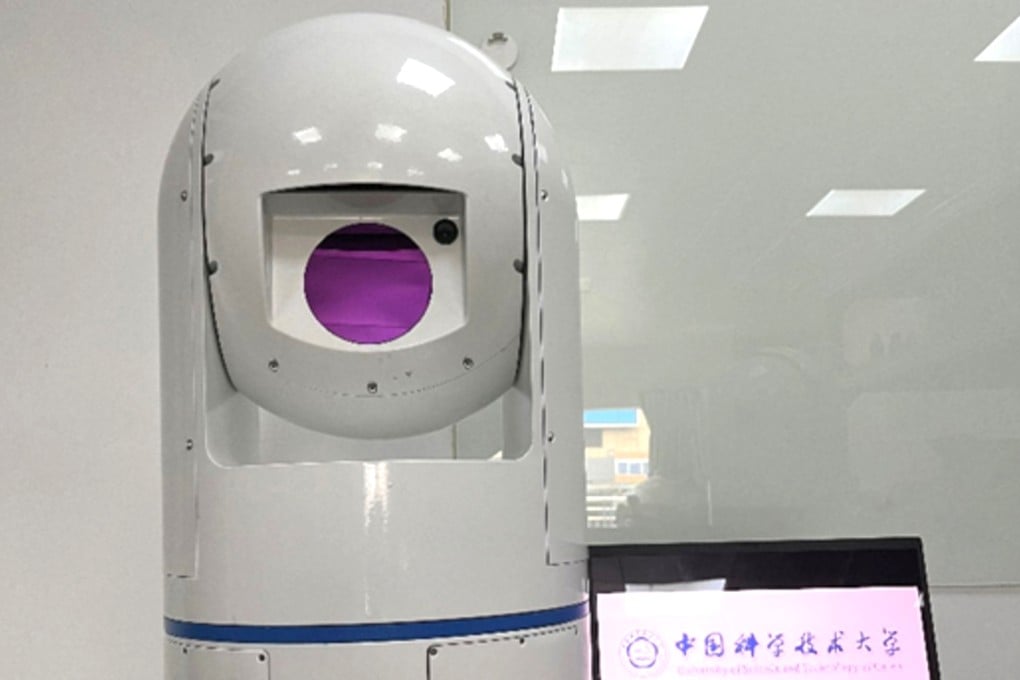Advertisement
Chinese team develops world’s most sensitive wind-detecting laser
- The suitcase-sized device can be used to make high-speed trains faster, monitor air pollution, and improve aviation, researchers say
- China is a leader in lidar research, despite being a latecomer to the field – but competition is fierce
Reading Time:3 minutes
Why you can trust SCMP
15

Chinese researchers say they have developed the world’s most advanced laser for wind detection, which could be used to monitor air pollution, predict the weather, and make high-speed trains faster.
The suitcase-sized device can detect complex changes in wind in unprecedented detail by using lidar methods. Lidar, or light detection and ranging, works by detecting the relative movement of air in the atmosphere with a laser.
“Atmospheric wind field detection with metre-level resolution will play a significant role in aerospace safety, high-value target protection, and numerical weather forecasting,” said a statement from the University of Science and Technology of China (USTC) in the eastern province of Anhui on Tuesday.
The research was led by USTC professor Dou Xiankang. In the statement, Dou and colleagues said that the new laser radar had surpassed existing technology by two orders of magnitude in terms of sensitivity.
The researchers said that the device had helped them detect unusual turbulence produced by a high-speed train that had never been observed before – a discovery that could make China’s high-speed trains faster and safer.
The first laser radar for wind detection was developed by US defence contractor Raytheon in 1970.
Since then, scientists have worked to increase the radar’s spatial and temporal resolutions. The most advanced method is known as pulse coherent Doppler wind lidar (PCDWL), but even these devices have trouble achieving resolutions of less than 10 metres (32.8 feet) and 1 second.
Advertisement
